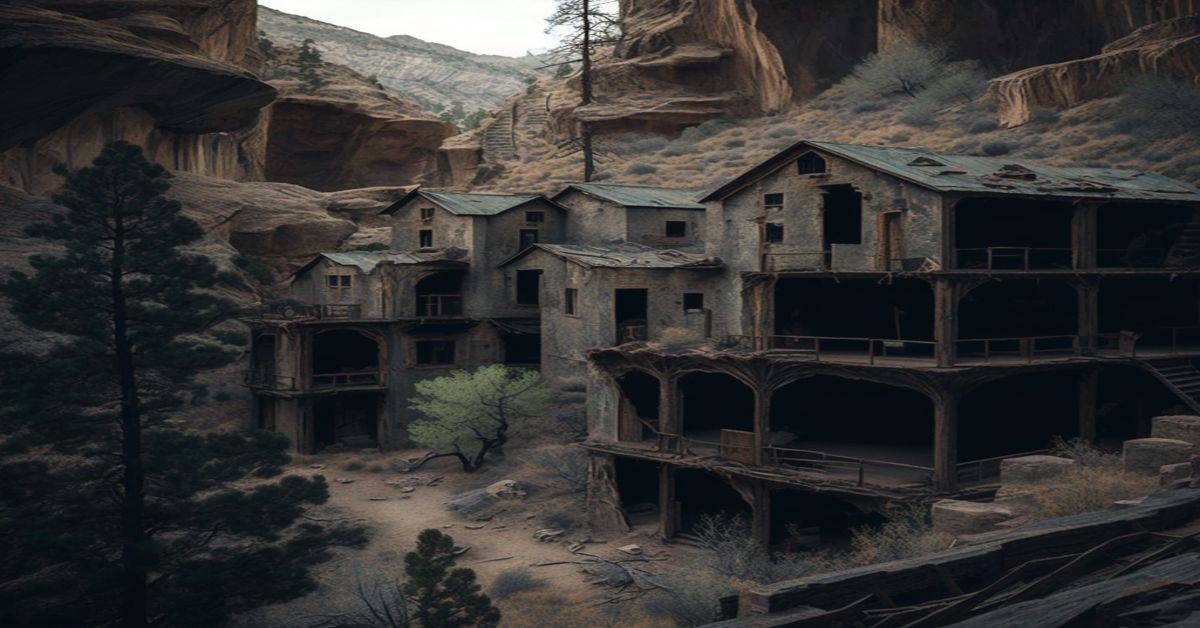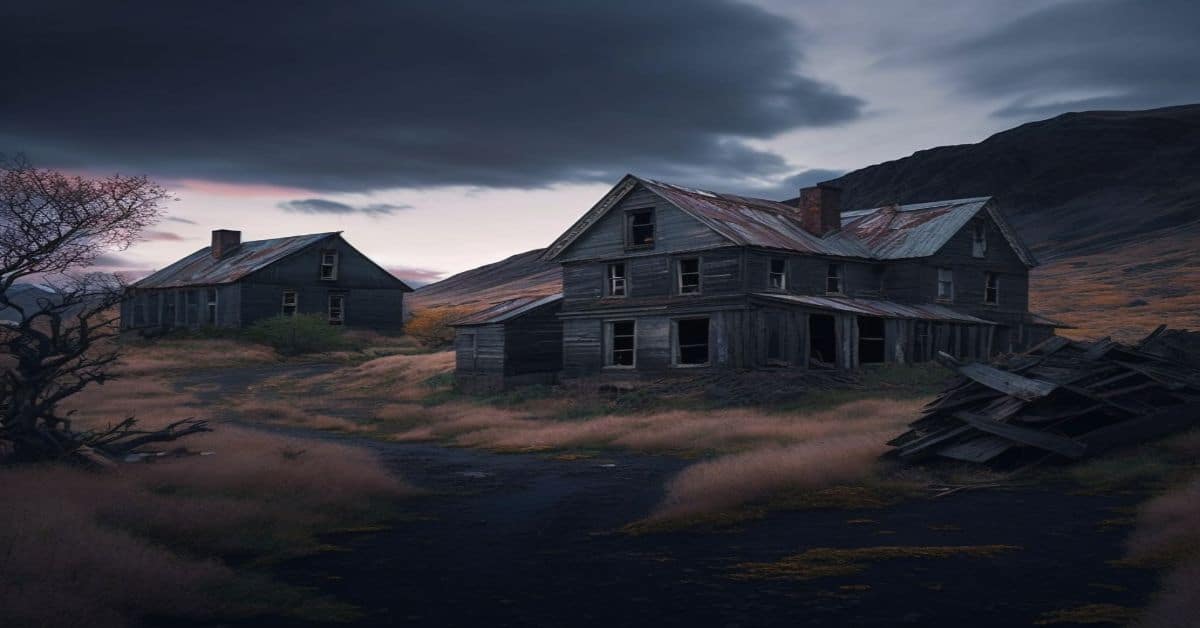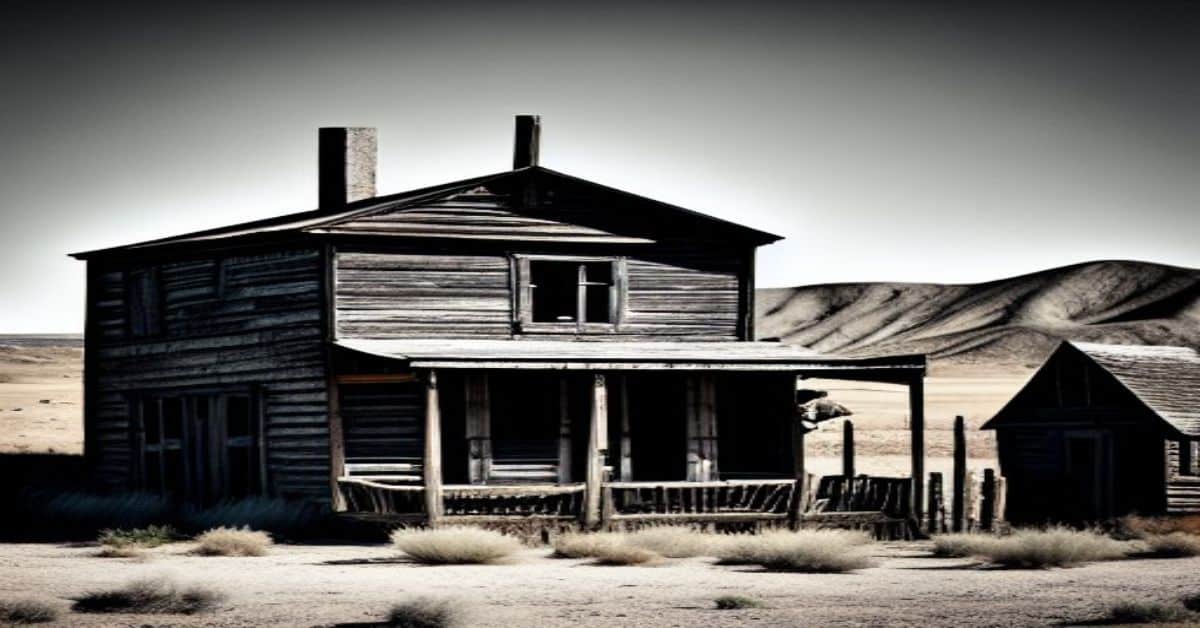Park City is a vibrant town nestled in Summit County, Utah, that has undergone a significant metamorphosis over the years. Like a phoenix rising from the ashes, Park City has emerged from its mining town roots to become a world-renowned ski destination. The town’s history is steeped in resilience and perseverance, as it overcame numerous struggles to become its thriving community today.
Initially discovered for its rich silver, gold, and lead mines in the late 1800s, Park City nearly became a ghost town due to flooding in the mines. However, mine owners banded together to save the city, and additional capital was raised to construct drainage canals.
Today, Park City is a bustling ski resort town with a population of 7,500. In this article, we will explore the fascinating history of Park City, from its mining town roots to its current status as a popular ski destination.
Key Takeaways
- Park City was initially discovered for its rich silver, gold, and lead mines in the late 1800s, and by 1880, it had become a city in name and population.
- The town nearly became a ghost town due to flooding in the mines, but mine owners banded together to save it by raising additional capital to construct drainage canals.
- Park City has transformed from a mining town to a popular ski destination, with the ski industry boom hitting the area in the 1960s, and three world-class ski resorts now offering over 9,000 acres of skiable terrain.
- The community’s resilience and unity in overcoming challenges, such as the flooding in the mines, serve as a testament to the power of collective action and community spirit.
History and Discovery
The discovery of Park City by the U.S. Army soldiers in the 1870s led to an influx of miners and people into the area. The soldiers were credited with finding rich deposits of silver, gold, and lead, thus sparking a rush to the area.
By 1880, Park City had become a city in name and population, with successful mining operations that were thought to possibly replace Salt Lake City as the prime city in Utah.
The influx of miners and people brought about a significant change in the town’s economy and infrastructure. The population grew rapidly, and the mining operations were successful, establishing businesses, schools, and other essential amenities.
The discovery of Park City and the subsequent influx of miners and people highlights the importance of historical context in understanding the town’s evolution from a mining town to a ski resort.
Struggles and Resilience
Despite facing numerous challenges, Park City’s community demonstrated remarkable resilience in saving the city from becoming a ghost town due to flooding in the mines. In the 1890s, Park City’s mining operations were severely affected by flooding, which threatened to destroy the city’s economy. However, the mine owners recognized the gravity of the situation and joined forces to save the city. They raised additional capital to construct drainage canals and implemented stringent safety measures to prevent future flooding.
The community’s support was also instrumental in overcoming obstacles and preserving the city’s history. The residents of Park City recognized the importance of their town’s mining legacy and worked tirelessly to ensure its survival. They organized fundraisers, volunteered their time, and lobbied the government for support. Their efforts paid off, and Park City survived and thrived.
Today, it has transformed into a bustling ski resort that attracts tourists from all over the world. The community’s resilience and unity testify to the power of collective action in overcoming challenges.
Transformation to Ski Destination
Remarkably, Park City has metamorphosed from a struggling mining town to a world-renowned destination for winter sports enthusiasts.
The transformation began in the 1960s when the ski industry boom hit the area. The first ski resort, Treasure Mountain Resort, was opened in 1963, and the ski industry’s success helped revitalize the town’s struggling economy.
The ski industry boom has had a significant economic impact on Park City. In addition to providing jobs, the ski industry has attracted tourists worldwide, bringing in millions of dollars in revenue each year.
The town now boasts three world-class ski resorts, including Deer Valley Resort, Park City Mountain Resort, and Canyons Resort, offering over 9,000 acres of skiable terrain.
Today, Park City is not only a winter sports destination but also a thriving year-round tourist destination, with a vibrant arts scene, excellent dining, and numerous outdoor activities.
Frequently Asked Questions
What is the current population of Park City?
As of 2021, the population of Park City, Utah is approximately 8,000. In recent years, there has been a significant population growth due to the city’s popularity as a ski resort and its demographic changes towards a more affluent and diverse community.
Are there any significant cultural landmarks or museums in Park City?
Park City boasts several historical buildings and art galleries showcasing the town’s rich cultural heritage. Some notable landmarks include the Park City Museum, the Egyptian Theatre, and the Kimball Art Center.
What types of wildlife can be found in the surrounding area?
Exploring wildlife in the surrounding area of Park City, Utah reveals diverse habitats and behaviors, including elk, deer, moose, black bears, and mountain lions. Conservation efforts and success stories include establishing protected areas and wildlife crossings.
Has Park City ever been featured in any movies or television shows?
Park City has been featured in numerous movies and TV shows, including “Dumb and Dumber,””The Revenant,”and “Westworld.”Famous residents include celebrities like Will Smith, Justin Bieber, and Mitt Romney.
Are there any notable annual events or festivals that take place in Park City?
Park City hosts several notable annual events and festivals, including the Sundance Film Festival, Park City Food and Wine Classic, and the Deer Valley Music Festival. These events feature music festivals and culinary events, attracting a diverse crowd.


